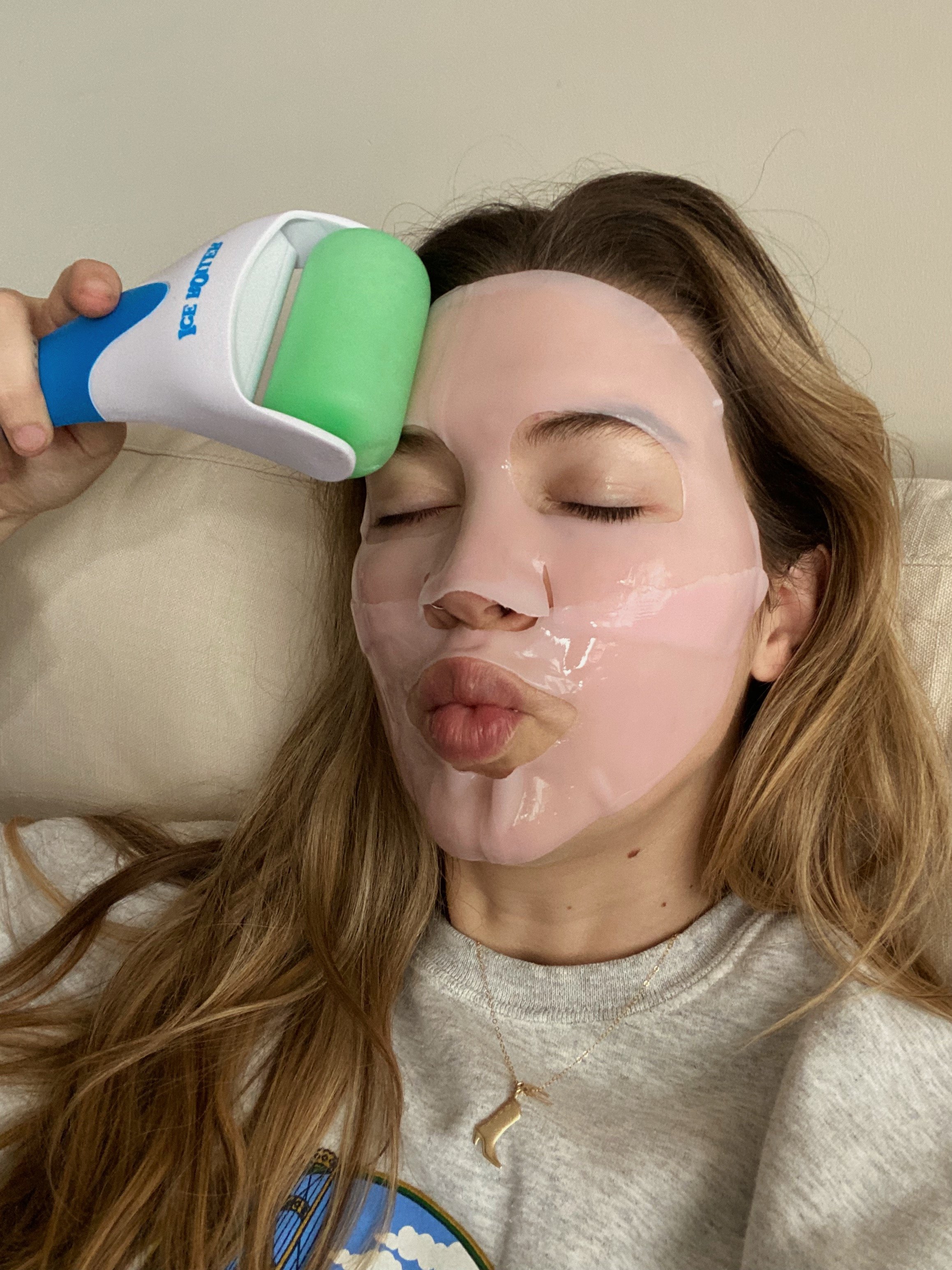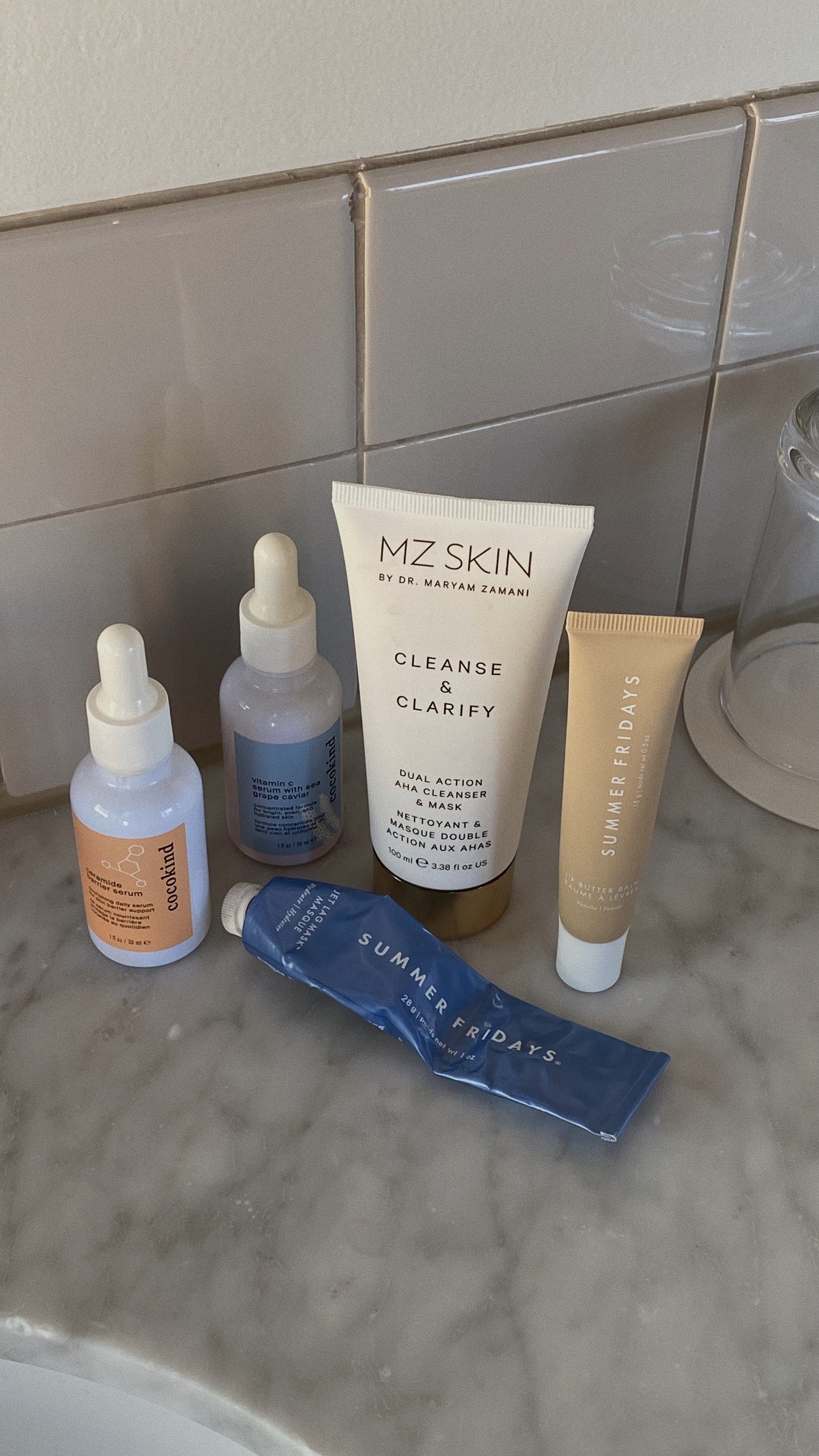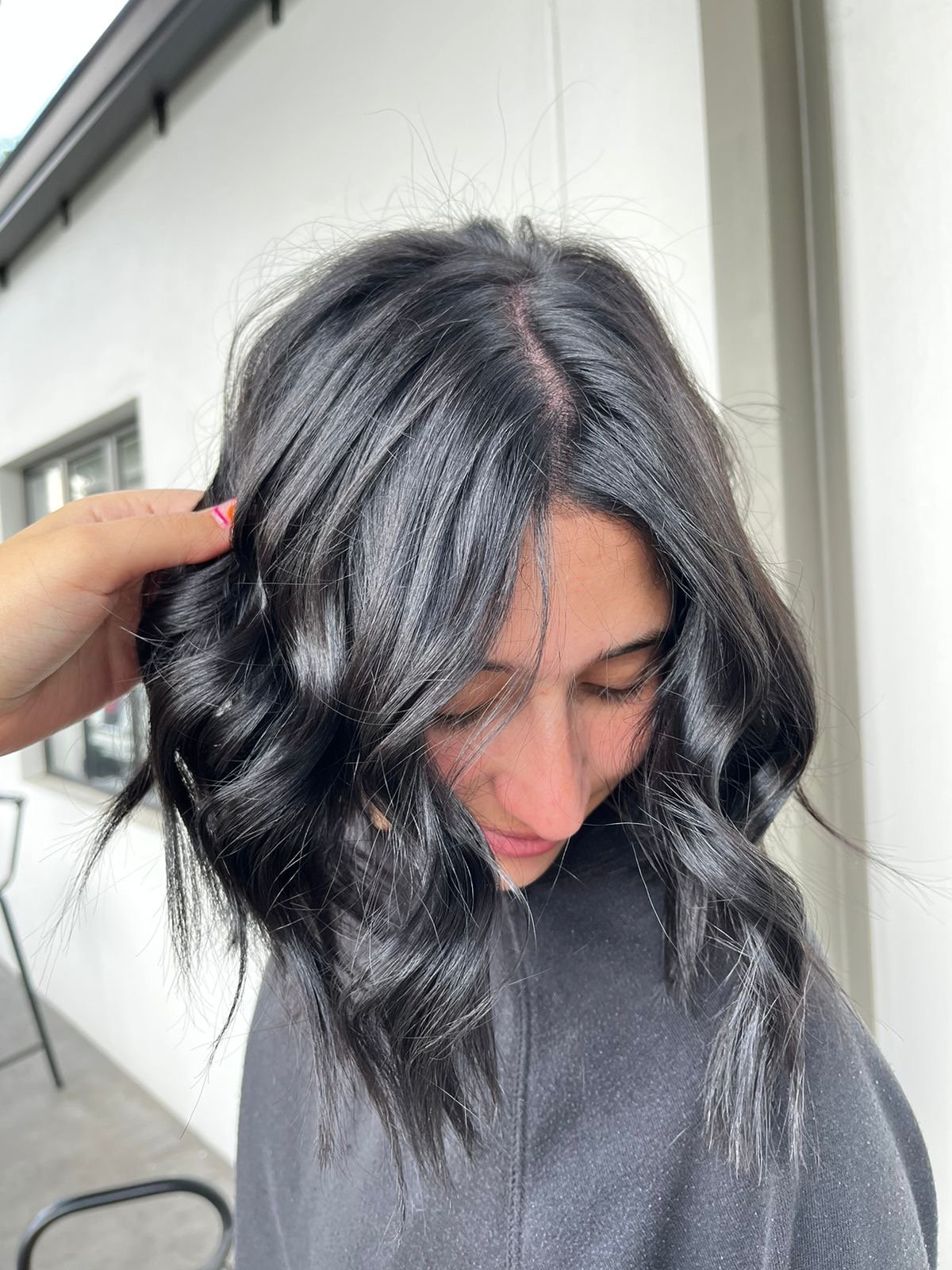4 Easy Steps on How to Find Out Your Skin Type
Image via Dupe Photos
To find the best skincare routine for your skin type, it’s important to know what type of skin you have.
There are different types of skin and each requires a different type of skincare routine.
Here is a guide on how to find out your skin type.
1) Start with a clean slate:
Start by washing your face well to get rid of any makeup, dirt, and oil.
This will help you assess your skin type more accurately.
You can use a gentle cleanser or a makeup remover to clean your skin and remove all traces of makeup.
2) Wait a few hours
After you clean your face, it's best to wait a few hours before doing anything else to your skin. This gives your skin time to go back to its natural state.
This will help you find out what kind of skin you have.
During this time, avoid applying any skincare products to your skin.
3) Observe your skin
Look closely at your skin in a well-lit area, and notice if any areas are oily or dry, or any redness or irritation.
Also, pay attention to how your skin feels to the touch.
If it feels tight or dry, or if it feels oily or greasy, these are all clues to help you figure out your skin type.
4) Consider your pores
Looking at your pores, you can tell if your skin is oily or dry.
If your pores are large and visible, you likely have oily skin.
If your pores are small and barely noticeable, you will likely have dry or normal skin.
Based on your observations, you can determine whether you have oily, dry, combination, sensitive, or normal skin.
Oily skin: is when your skin makes too much oil and your pores are really big. Your skin might feel greasy and you might get pimples a lot.
Dry skin: it may look flaky and feel tight, especially after you wash it. It also may get red and irritated easily.
Combination skin: means that some parts of your face are oily and some parts are dry. The oily parts are your forehead, nose, and chin (called the T-zone), and the dry parts are your cheeks.
Sensitive skin: is skin that is more likely to get red, itchy, or have an allergic reaction. Some skincare products can make it worse, so people with sensitive skin need to use products that are more gentle.
Normal skin: is neither too oily nor too dry. It doesn't break out easily and is not sensitive. The pores on normal skin are small.
Once you have determined your skin type, you can begin to select skincare products that are tailored to your specific needs.
It’s important to choose products that are appropriate for your skin type to avoid irritation and maintain healthy, balanced skin.
For example, if you have oily skin, you may want to look for products that are formulated to control oil production and reduce the appearance of pores.
If you have dry skin, you may want to look for products that are formulated to nourish and moisturize the skin.
If you have sensitive skin, you may want to look for products that are formulated with gentle ingredients to minimize the risk of irritation.
In addition to selecting the right skincare products, it’s also important to practice good skincare habits to keep your skin healthy and balanced.
This includes cleansing your face regularly, exfoliating to remove dead skin cells, and using a moisturizer to keep your skin hydrated.
It’s also a good idea to protect your skin from the sun by using a sunscreen with an SPF of at least 30.
By following these tips and selecting the right skincare products for your skin type, you can achieve healthy, radiant skin.
READ MORE POSTS






















Bye-bye bad skin advice! Hello healthy, glowing skin!